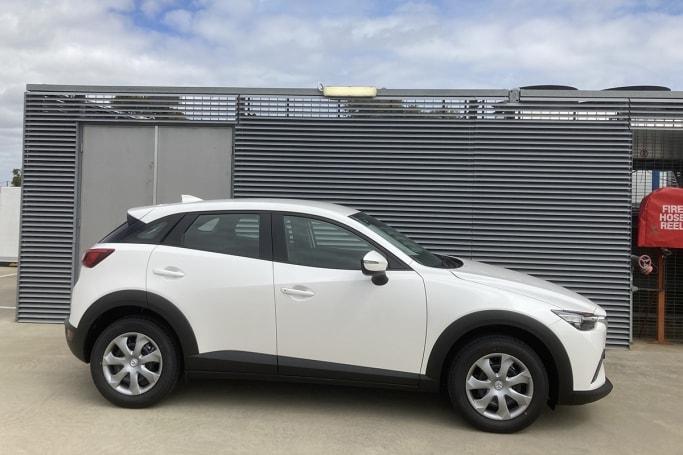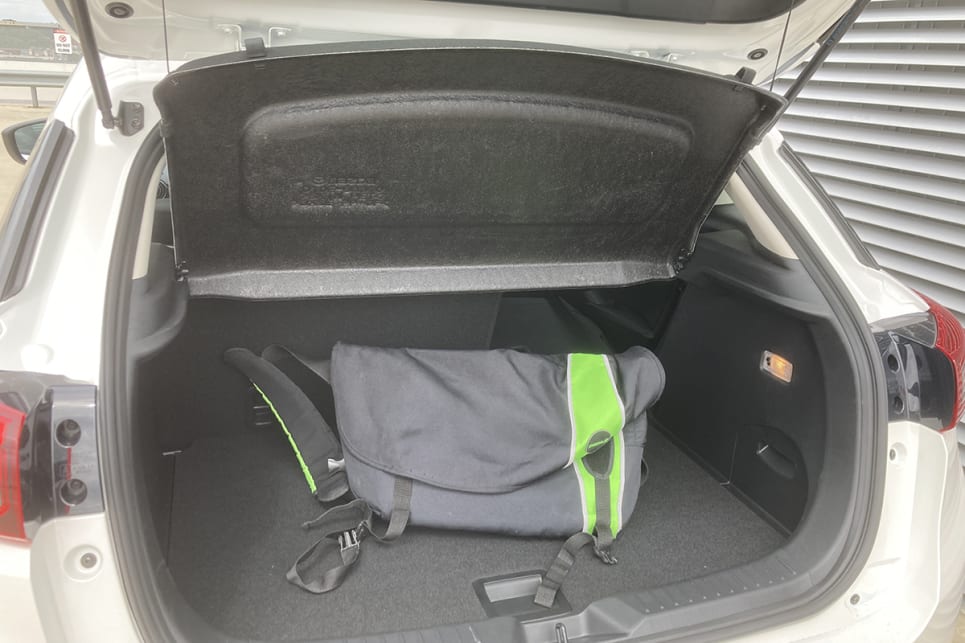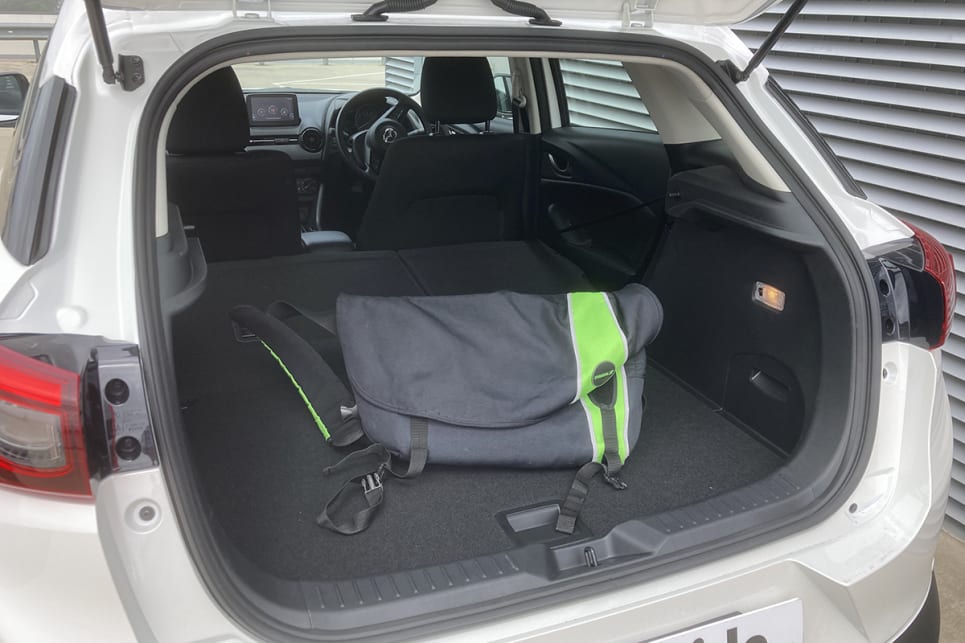The CX-3 Neo Sport front-drive auto starts from $24,890 before on-road costs (ORC) or $26,990 driveaway – or $2000 less if the excellent six-speed manual version is preferred.
When launched back in 2015, the base Neo auto equivalent barely cost any less ($23,700 in today’s money, adjusted for inflation), yet includes heaps more features, like Autonomous Emergency Braking (AEB), reverse camera, 7.0-inch centre touchscreen with Apple Car Play/Android Auto connectivity as part of Mazda’s MZD Connect multimedia system, centre console bin/armrest, electric park brake with hill-hold function, electric folding mirrors and digital radio, among other items.

This is on top of six airbags, engine stop/start, rear parking sensors, cruise control, air-conditioning, Bluetooth phone and audio streaming capability, internet radio integration, steering wheel-mounted audio controls and two USB ports. Steel wheels ride on 215/60R16 tyres, with a space-saver spare wheel.

Key auto-equipped rivals are the Kia Stonic S at $21,490 plus ORC/$22,990 driveaway and Hyundai Venue from $22,710 plus ORC/circa-$26,200 driveaway.
The bad news for the competition is that the CX-3 is powered by a powerful 110kW/195Nm 2.0-litre engine while the Stonic and Venue are lumbered with a 74kW/133Nm 1.4-litre and 90kW/151Nm 1.6-litre four-pot atmo units respectively – and both without stop/start tech. All drive the front wheels only, via six-speed torque-converter automatic transmissions.
Key spec differences? The Stonic misses out on a digital radio, auto high beams and middle console bin with armrest, but returns fire with a two-year longer warranty (at seven years) and wireless for the Apple CarPlay/Android Auto tech (base grade only though, weirdly). The latter is also standard in the Venue, as are alloys (albeit tiny 15-inch hoops) and console bin, but also loses the digital radio.

We’d put it as a win for the Mazda, when all things considered.
Mazda charges $495 extra for Machine Grey, Polymer Grey and Soul Red Crystal metallic paint, leaving the Deep Crystal Blue, Eternal Blue, Jet Black and Snowflake White micas, as well as Ceramic Metallic, as no-cost colour choices.
Remember when the company used to crow on about never charging for premium paint?





















